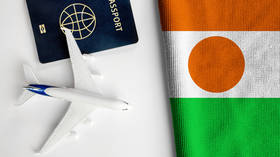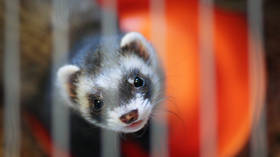Charlie Hebdo attack: Chief editor Charb, cartoonists Cabu, Wolinski, Tignous killed
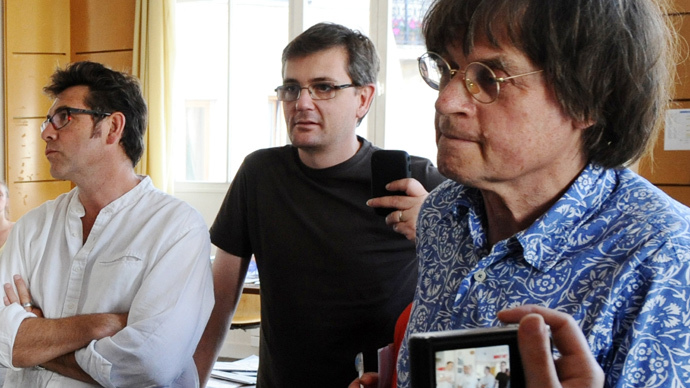
The editor-in-chief of the satirical French magazine Charlie Hebdo, Stephane Charbonnier, who goes by the pen name Charb, has been killed along with three of his colleagues after gunmen stormed their offices.
The attackers stormed the Paris office of Charlie Hebdo calling the journalists who were holding an editorial meeting by name and shouting that their prophet had been avenged, AFP reports citing a police source.
It has now been confirmed by Charlie Hebdo’s lawyer that four of the magazine’s cartoonists were killed in the attack: Cabu, Wolinski, Charb and Tignous.
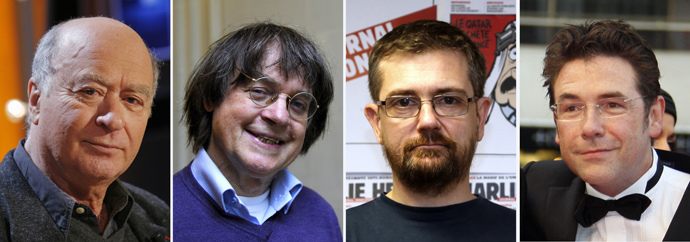
Twelve people in total including two policemen are confirmed to have been killed in the shooting.
The left-wing satirical weekly newspaper has a history of pocking fun at the Prophet Muhammad but also at popes, presidents and France’s high and mighty.
Charlie Hebdo hit the international headlines in November 2011, when its offices were firebombed following publication of a cartoon on the front page of the Prophet Muhammad threatening readers with “a hundred lashes if you don’t die laughing.”
The attack completely gutted its Paris offices and its staff received death threats but just six days later it published another cartoon of one of its male cartoonists passionately kissing a bearded Muslim man in front of the bombed out building with the headline ‘love is stronger than hate.’
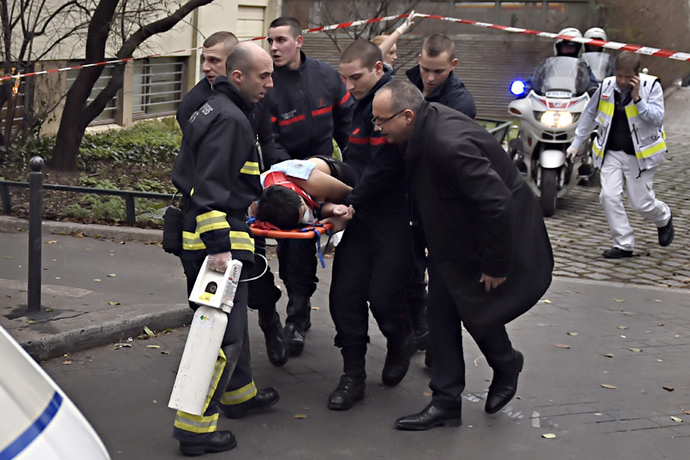
Later that year, despite appeals from the French government not to go ahead with the publication, it published another cartoon of a naked Prophet Muhammad, followed by one of him being pushed around in a wheelchair by an orthodox Jew.
This was against the backdrop of protests all over the Muslim world against a low-budget US film called The Innocence of Muslims ridiculing the Prophet Muhammad.
The publication prompted the French government to close embassies and schools in 20 countries.
This week’s front page featured author Michel Houllebecq, whose latest book called Soumission depicts France in 2022 being ruled by an Islamic government.
In the past Charb defended the magazine’s work and told the Associated Press in 2012, “A pencil is not a weapon. It’s just a means of expression.”
“Mohammed isn’t sacred to me. I don’t blame Muslim’s for not laughing at our drawings. I live under French law. I don’t live under Quranic law,” he said.
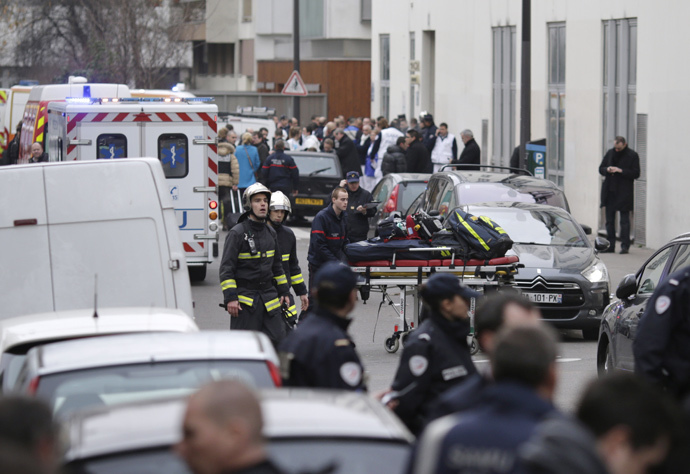
Charlie Hebdo’s offices have been under police protection since the 2011 incident with Charbonnier saying that he would continue to mock Islam until “Islam is just as banal as Catholicism.”
And it’s not just Muslims who have been the butt of Charlie Hebdo’s jokes. Pope Benedict appeared on the front cover in an amorous embrace with a Vatican guard, and former French president Nicolas Sarkozy was sketched looking like a sick vampire.
In 2012 Charb told Reuters that nobody noticed when the paper ridiculed Catholic traditionalists. "But we are not allowed to make fun of Muslim hardliners. It's the new rule ... but we will not obey it," he said.






